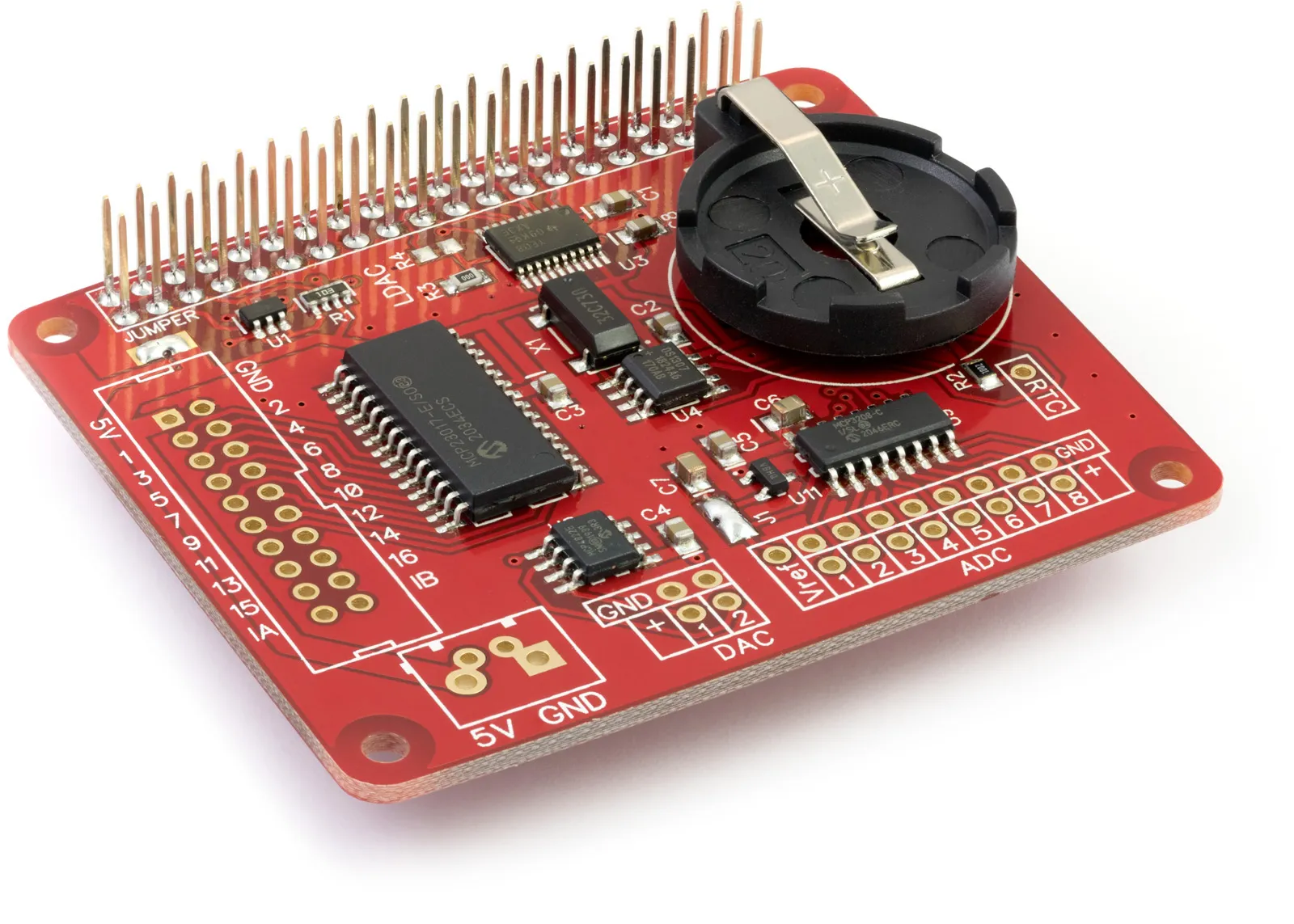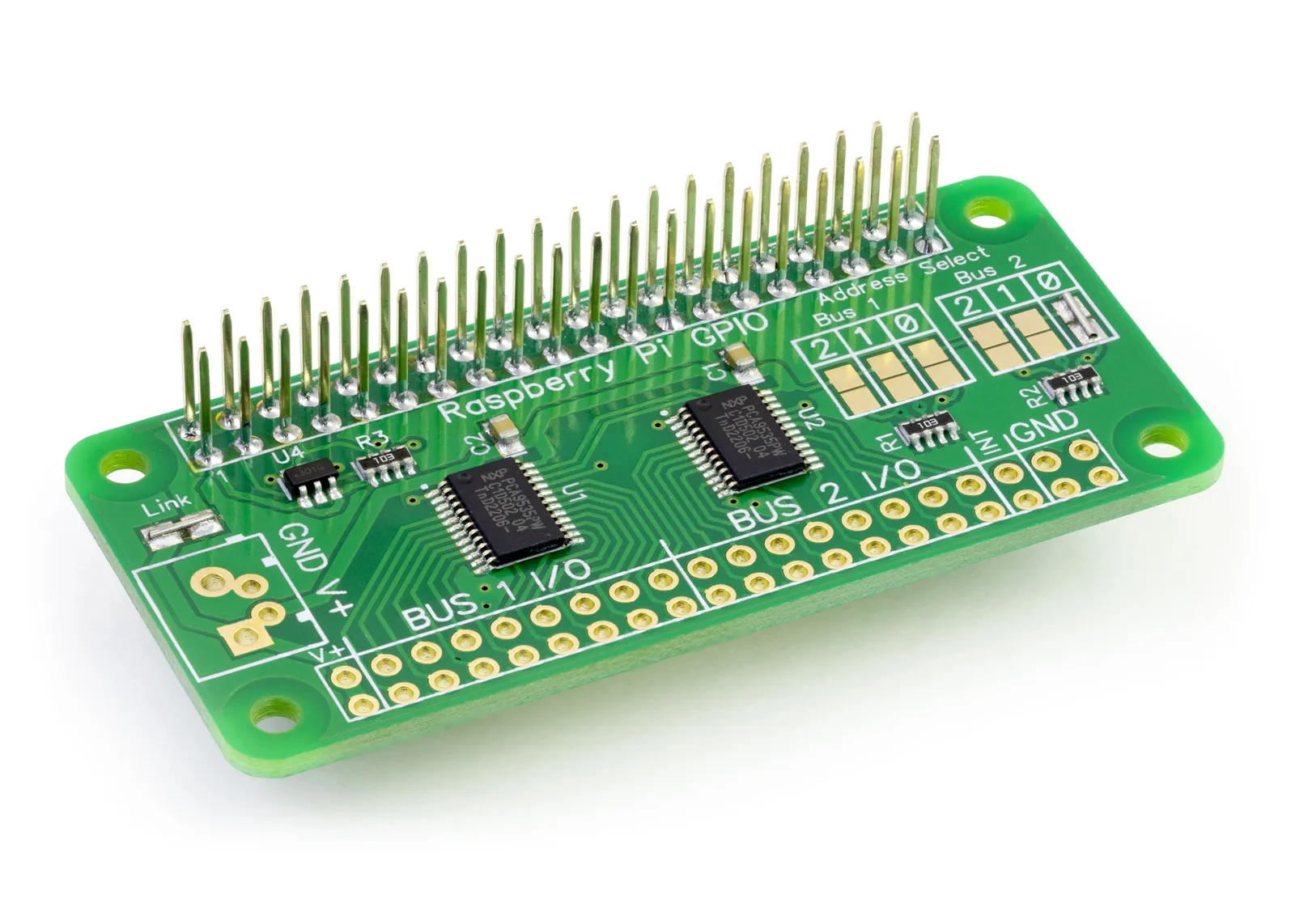Enter two values in the form fields below to calculate the third value.
Understanding Ohm's Law
Ohm’s Law is a fundamental principle in electronics that explains the relationship between voltage, current, and resistance in an electrical circuit. It states that the current I (in amps) flowing through a conductor is directly proportional to the voltage V (in volts) applied across it, and inversely proportional to the resistance R (in ohms) of the conductor.
In simpler terms, this means if you increase the voltage applied to a circuit with a fixed resistance, the current flowing through it will also increase, and vice versa. This law is crucial for understanding and predicting how electricity behaves in circuits, helping to design and troubleshoot electronic devices effectively.
This relationship can be expressed using the formula:
V = IRwhere:
- V is the voltage across the conductor (in volts, V),
- I is the current flowing through the conductor (in amperes, A),
- R is the resistance of the conductor (in ohms, Ω).
Using Ohm's Law
Ohm's Law can be used to calculate the voltage, current, or resistance in an electronic circuit if the other two quantities are known. It can be rearranged depending on what you need to find:
- To find the current I:
- To find the voltage V:
V = IR - To find the resistance R:
Example
Suppose you have a resistor with a resistance of 200 ohms, and a current of 2 amperes is flowing through it. To find the voltage across the resistor, you would use Ohm’s Law:
V = IR = 2A × 200Ω = 400V
Practical Application
Ohm's Law is essential for designing and analysing electrical and electronic circuits. It helps in determining the appropriate values of resistors to use for a desired current flow under a given voltage. It's also fundamental in troubleshooting circuits to find unknown values when others are known.
Visual Representation

Think of Ohm's Law as a balance scale where voltage V is on one side, and the product of current I and resistance R is on the other. They must balance for the circuit to function correctly.
Key Points
- Direct Proportionality: Voltage is directly proportional to the product of current and resistance.
- Fundamental Rule: It applies to any part of an electrical circuit, any component, or any group of components.
- Unit Consistency: Ensures the units of volts, amperes, and ohms are consistently applied and calculated.




